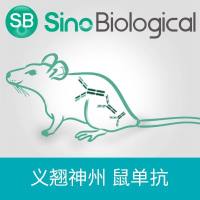Using ChIP-Seq Technology to Generate High-Resolution Profiles of Histone Modifications
互联网
579
The dynamic modification of DNA and histones plays a key role in transcriptional regulation through �altering the packaging of DNA and modifying the nucleosome surface. These chromatin states, also referred to as the epigenome, are distinctive for different tissues, developmental stages, and disease states and can also be altered by environmental influences. New technologies allow the genome-wide visualization of the information encoded in the epigenome. For example, the chromatin immunoprecipitation (ChIP) assay allows investigators to characterize DNA–protein interactions in vivo. ChIP followed by hybridization to microarrays (ChIP-chip) or by high-throughput sequencing (ChIP-seq) are both powerful tools to identify genome-wide profiles of transcription factors, histone modifications, DNA methylation, and nucleosome positioning. ChIP-seq technology, which can now interrogate the entire human genome at high resolution with only one lane of sequencing, has recently surpassed ChIP-chip technology for epigenomic analyses. Importantly, for the study of primary cells and tissues, epigenetic profiles can be generated using as little as 1 μg of chromatin. In this chapter, we describe in detail the steps involved in performing ChIP assays (with a focus on characterizing histone modifications in primary cells) either manually or using the IP-Star ChIP robot, followed by a detailed protocol to prepare successful libraries for Illumina sequencing. Critical quality control checkpoints are discussed. Although not a focus of this chapter, we also point the reader to several methods by which massive ChIP-seq data sets can be analyzed to extract the tremendous information contained within.









